Address
775 Mission Street
San Miguel, CA 93451
United States
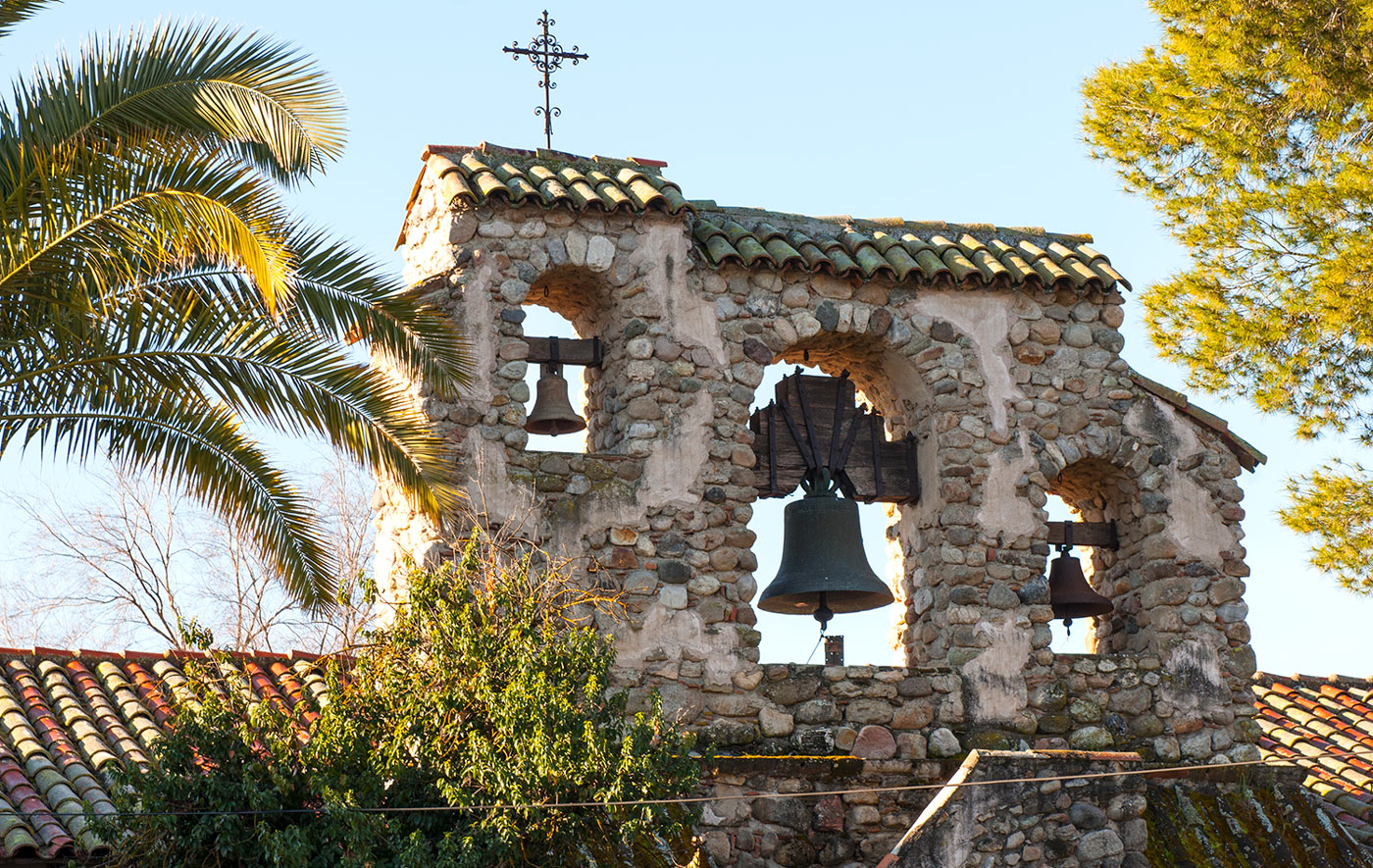
Founded:
July 25, 1797 - The 16th California Mission
Also Called:
Mission San Miguel
Current Status:
Parish Church of the Roman Catholic Diocese of Monterey. For almost 89 years (from 1928-2017), San Miguel was a Franciscan novitiate.
Summary:
San Miguel Arcángel was founded on July 25, 1797. This mission’s historic church (completed in 1818) has rich vibrantly painted fresco murals. A picturesque colonnade leads to the church. San Miguel’s spacious grounds with ancient gateways and dilapidated adobe walls make this one of the most authentic-looking of the California missions.
775 Mission Street
San Miguel, CA 93451
United States
Easily reached from US 101:
Follow the signs to the Mission. There is a prominent brick "companario" built in 1950 located at the south end of the mission property along the road to the mission complex.
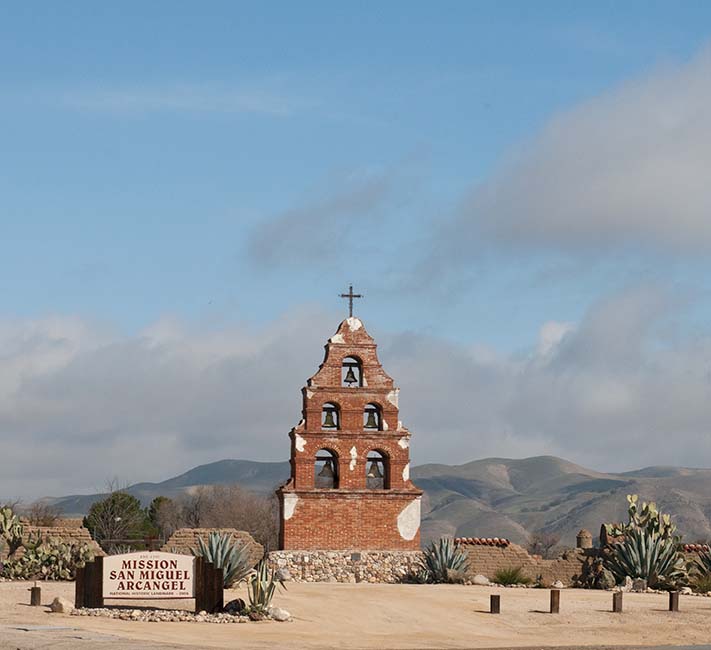
805-467-3256 - Mission Gift Shop and Museum
805-467-2131 - Parish Office
Please contact the mission directly by telephone or by visiting the mission website for the most current information.
Due to Covid-19 restrictions, it is best to check for current information.
San Miguel encourages weddings at the mission church but prefers to discuss requirements and details personally with interested couples. Please call the Parish Office to set up an appointment at 805-467-2131.
The San Miguel Parish Hall is a new facility adjacent to the Old Mission San Miguel. It is available for wedding receptions, birthdays, anniversaries, dinners, club meetings, or charity fundraisers.
An Annual Fiesta is held in the Fall of each year. Check the website Events Calendar for scheduled events.
This authentic mission with its picturesque arcade, weathered adobe walls, ancient gateways, and extensive grounds is one of the jewels of the California mission chain.
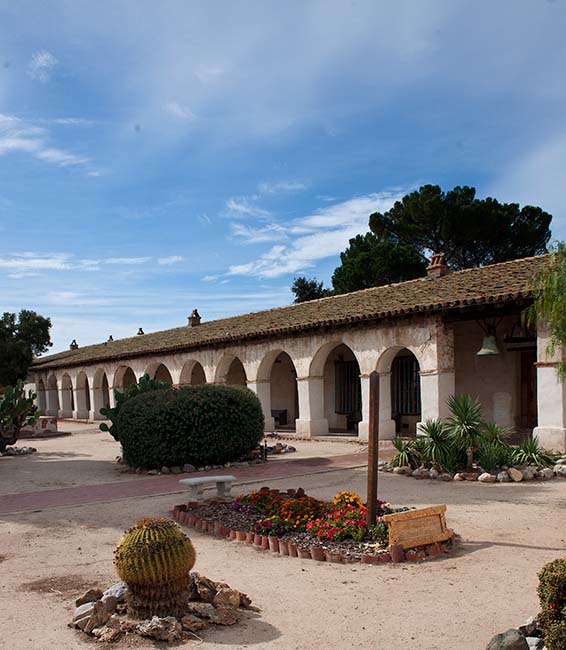
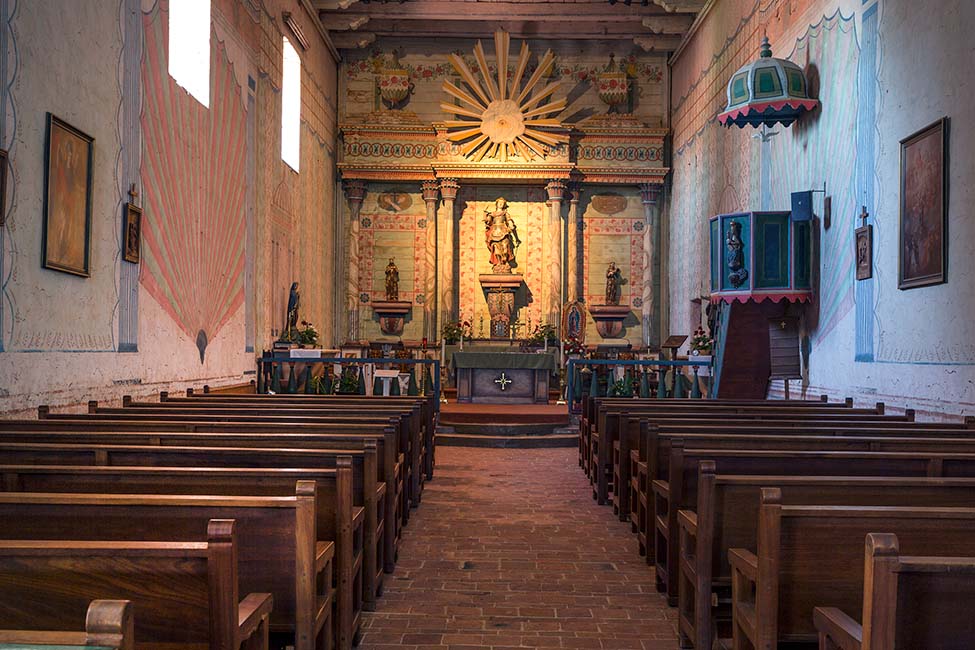
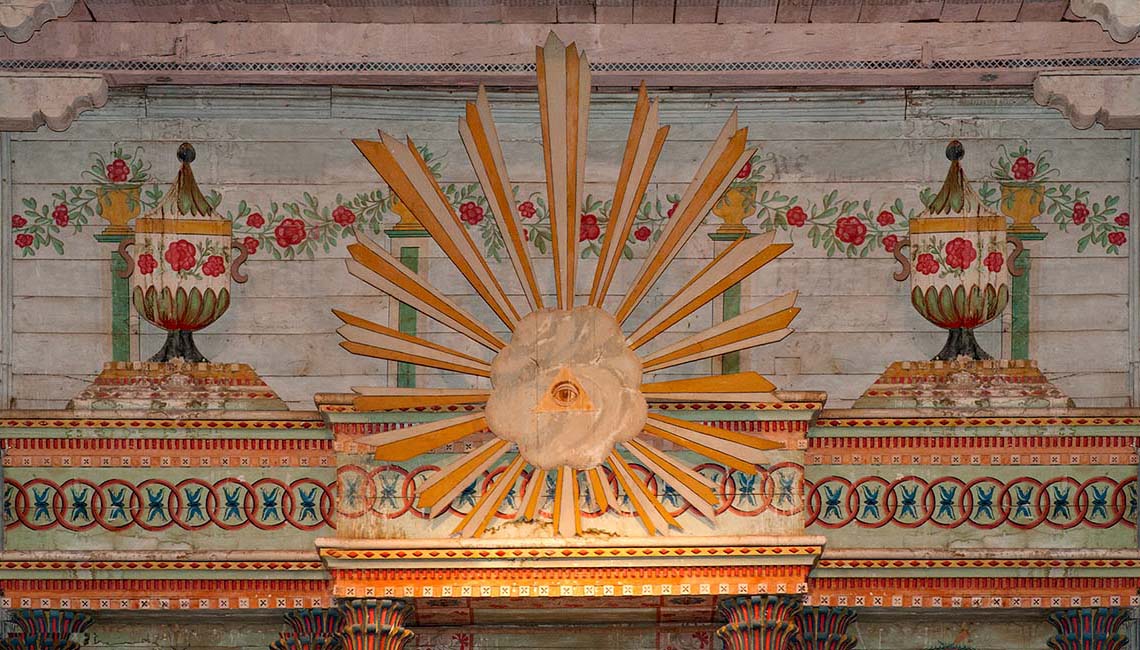
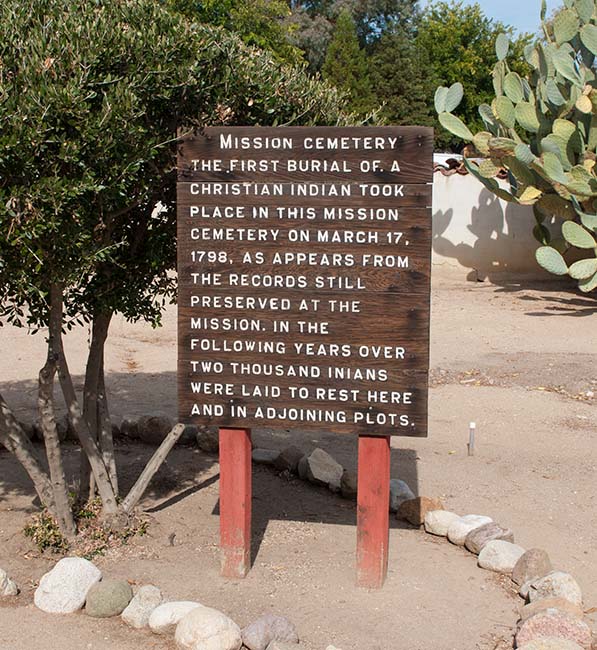
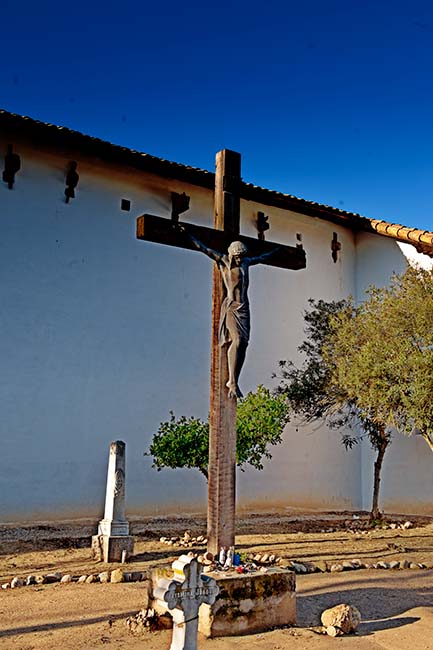
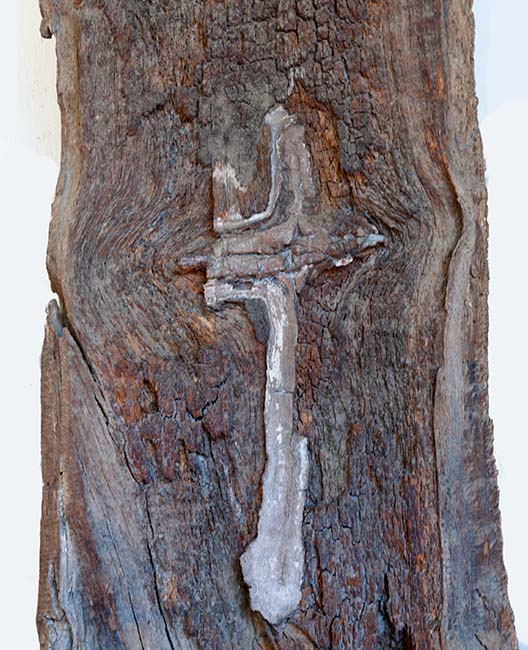
Be sure to visit this special place. The "Mission on the Highway" is easily reached from US 101. Allow several hours to fully explore this mission.
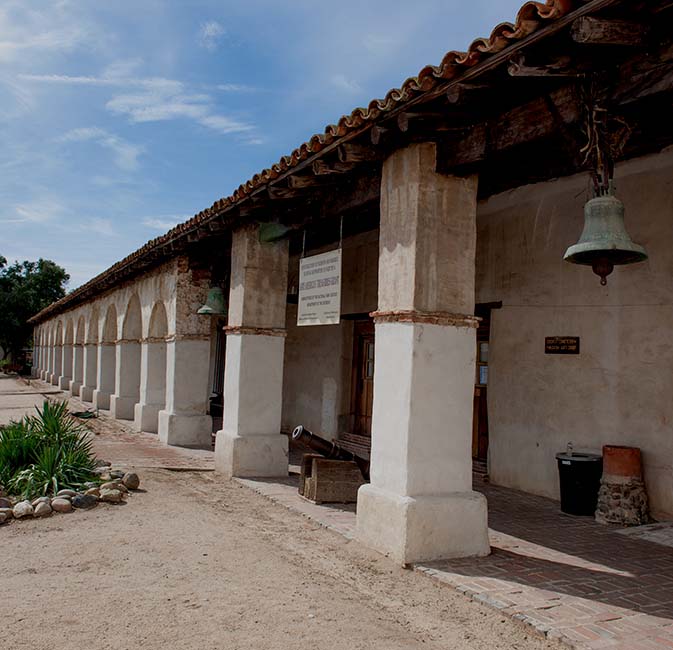
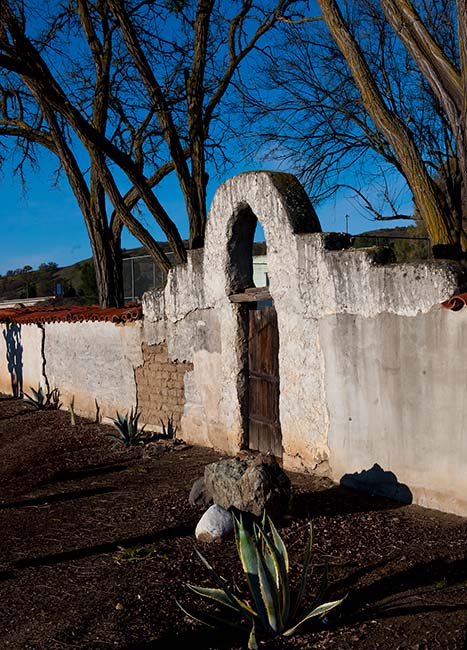
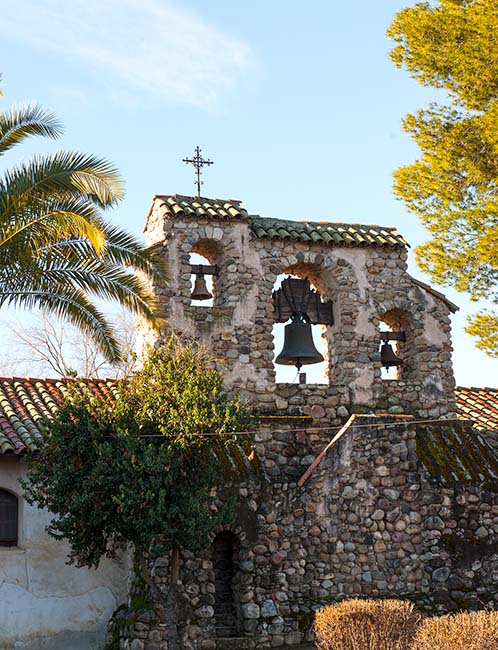
1834
1859
Saint Michael the Archangel
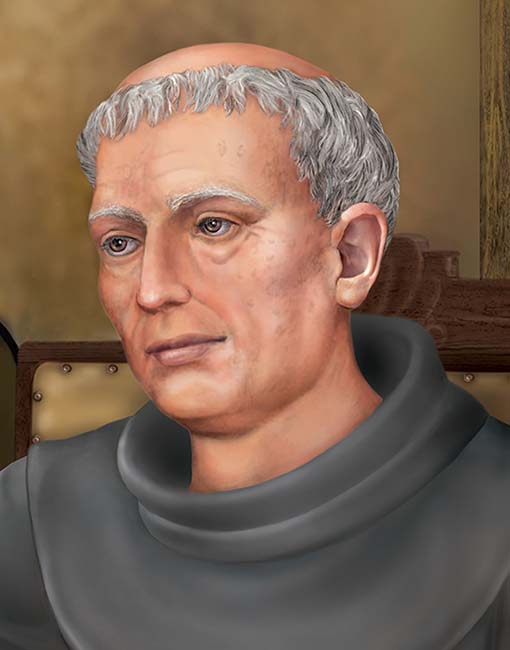
San Miguel was the second mission founded in the land of the Salinan people. The neophytes at this mission were referred to as Migueleños.
About halfway between San Francisco and Los Angeles in the town that developed around the mission. The site was called Valica by the Salinan and Paraje de los Pozos by the Spanish. It was surrounded by level land that was suitable for growing wheat.
By 1826 the quadrangle measured 500 feet on each side. The entire complex extended over six (6) acres.
There was ample water on the site from the San Miguel River and from several springs in the vicinity.
The highest recorded population was 1,076 in 1814. There were still 658 neophytes at San Miguel in 1832, the last year for which there are records.
San Miguel had a sizable livestock herd which averaged 22,000 head between 1811 and 1824. In the peak year of 1821 the mission had over 24,000 animals including 9,000 cattle and 13,500 sheep.
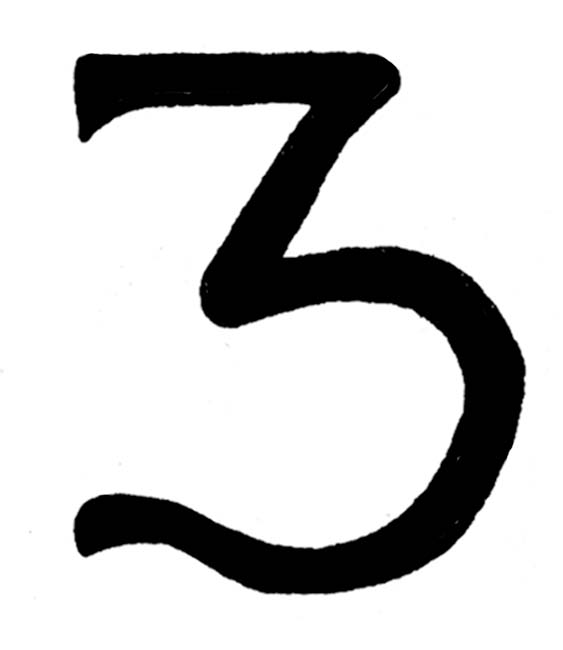
Over the years 1782-1832, San Miguel produced 92,000 bushels of wheat, barley, corn, beans, and peas. There was a large orchard to the east of the mission quadrangle where many types of fruit were grown.
The present church, begun in 1816 under the direction of Fr. Juan Martin, was completed in 1818. The church reredos have a statue of patron Saint Michael topped by the all-seeing Eye-of-God.
A picturesque colonnade, which leads to the church, contains twelve (12) arches of different sizes and shapes, a unique feature among the California missions.


Mission San Miguel never had a traditional bell tower. In the mission era bells were hung from a wooden beam in one of the archways. The bell which currently hangs there was cast in Mexico City in 1800.
In the early 1900's, there was a small wooden bell rack erected outside the mission but this was removed when the current full-scale bell tower was erected inside the mission cemetery. This tower houses three bells, the largest of which weighs 2,000 pounds and was recast in 1888 from six cracked and broken bells donated by other missions. This bell tower was designed and built in the mid 1930's by Jess Crettol, a stonemason from Switzerland. The large bell is used to sound the Angelus (the sound of the bell is a call to prayer and to spread goodwill to everyone).
There is another bell tower at San Miguel, a brick campanario located on the south end of the mission property. The bells which hang in it are not real, but cast in cement. Jess Crettoll's oldest son, Jesse Crettoll, built this bell tower in the 1950's.
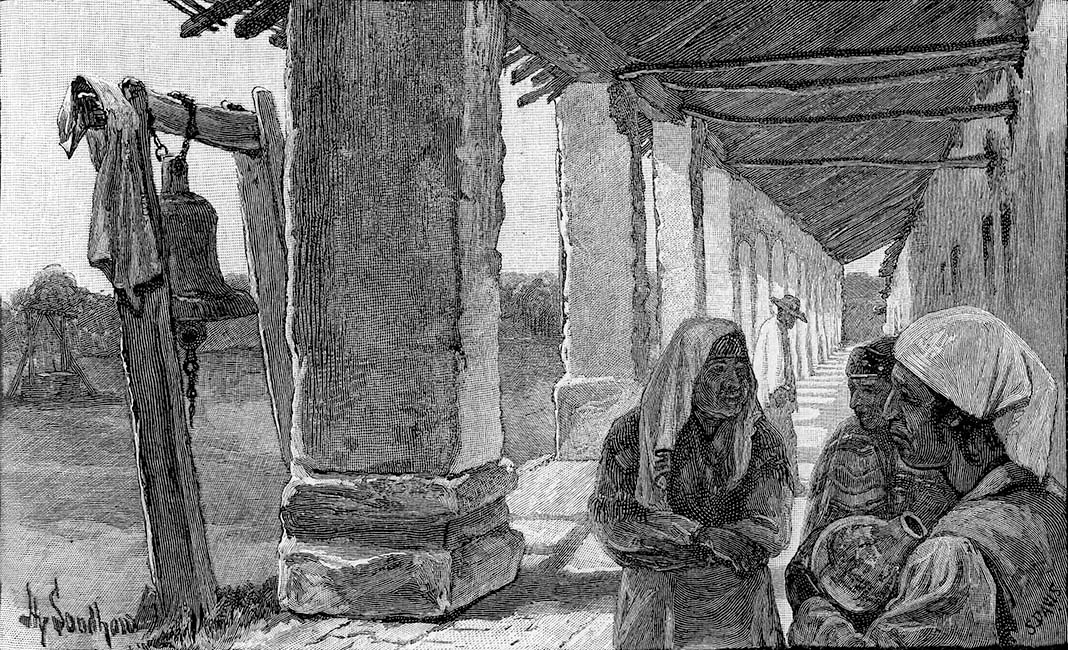
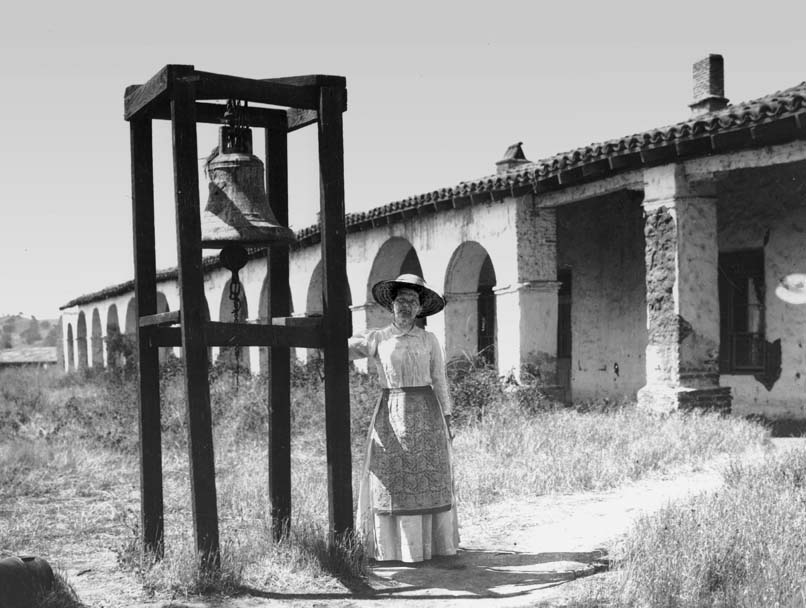

The interior of the San Miguel church is rich in vibrantly painted murals considered the best preserved and most authentic in the mission chain. The mission Indians, under the direction of artist, rancher and Spanish diplomat Esteban Carlos Munras of Monterey, completed the Neoclassical decor in 1820-1821.
San Miguel had a long and complicated history in the years after it was founded on July 25, 1797. After the mission was secularized in 1834 many neophytes stayed on the mission property. Then in 1845 the mission buildings were sold. Fortunately, the mission remained largely intact despite portions being rented for a store, dance hall, offices and a saloon between 1848-1870. Mission San Miguel was restored in the 20th century and used as a Franciscan novitiate beginning in 1928-1929.
This Historical Image Gallery contains illustrations and drawings that show San Miguel at different times in the fascinating life of one of the best preserved mission complexes in California.
The Contemporary Image Gallery contains more recent photographs taken by several different photographers from around the perimeter of the complex and the Church interior.











